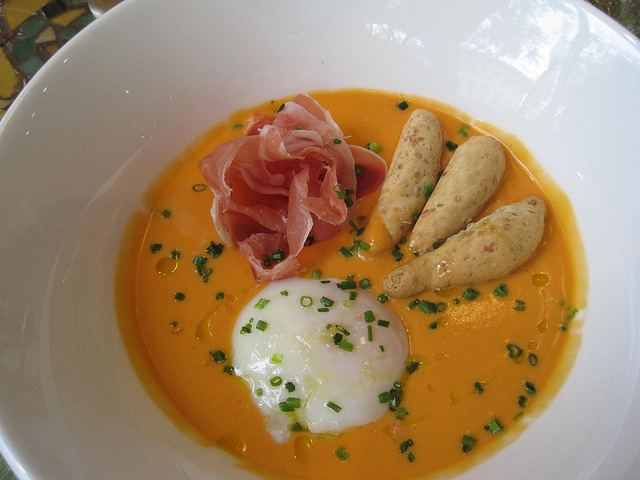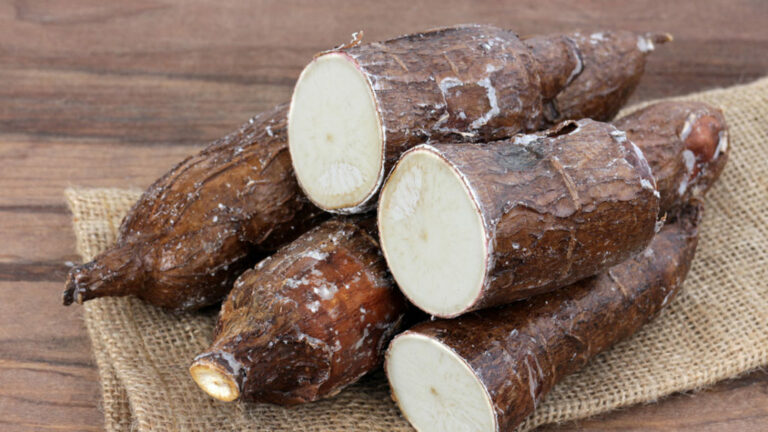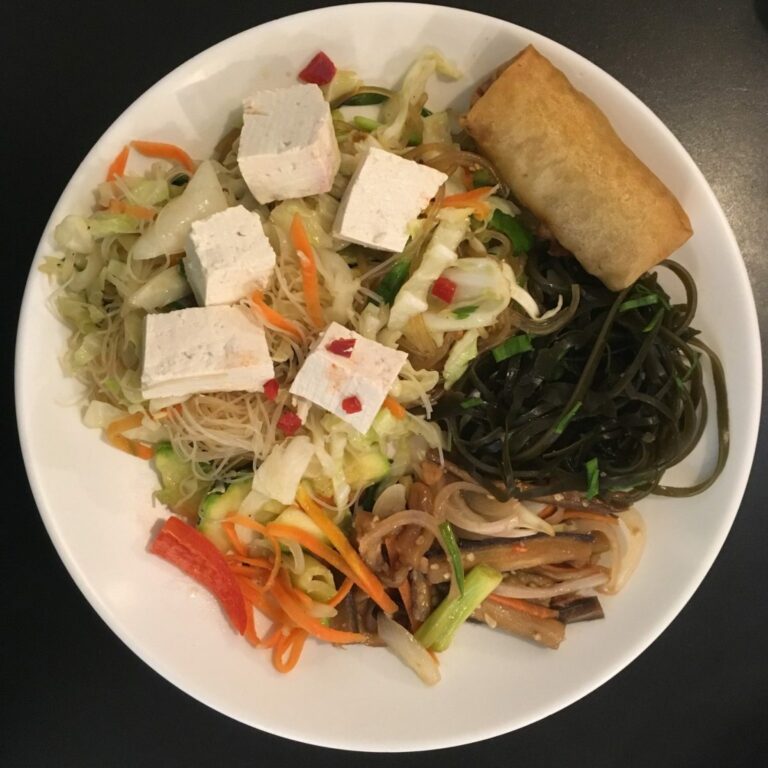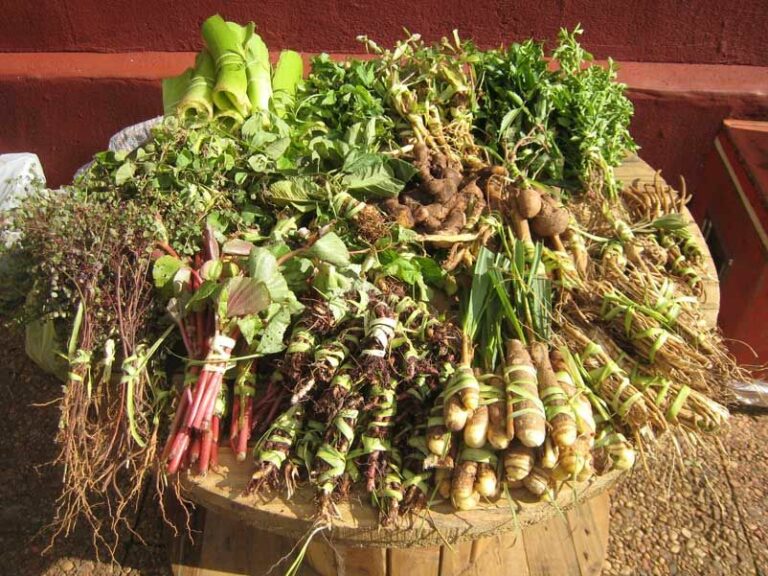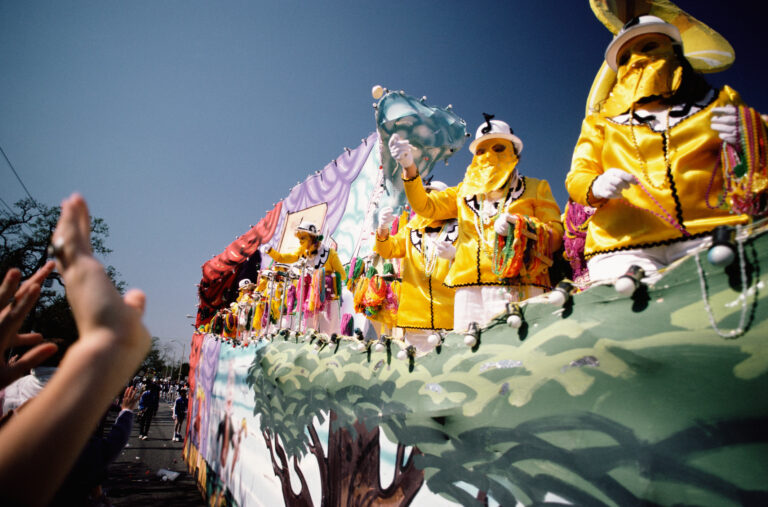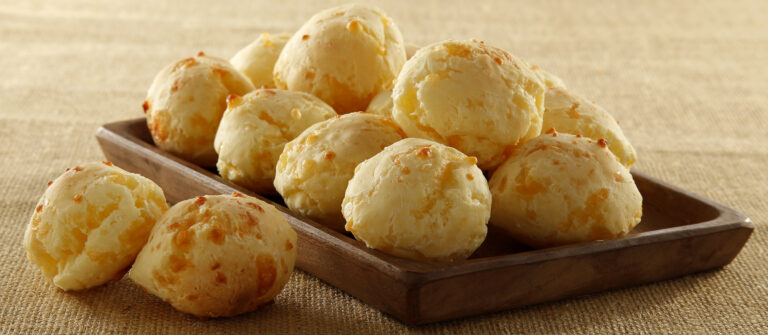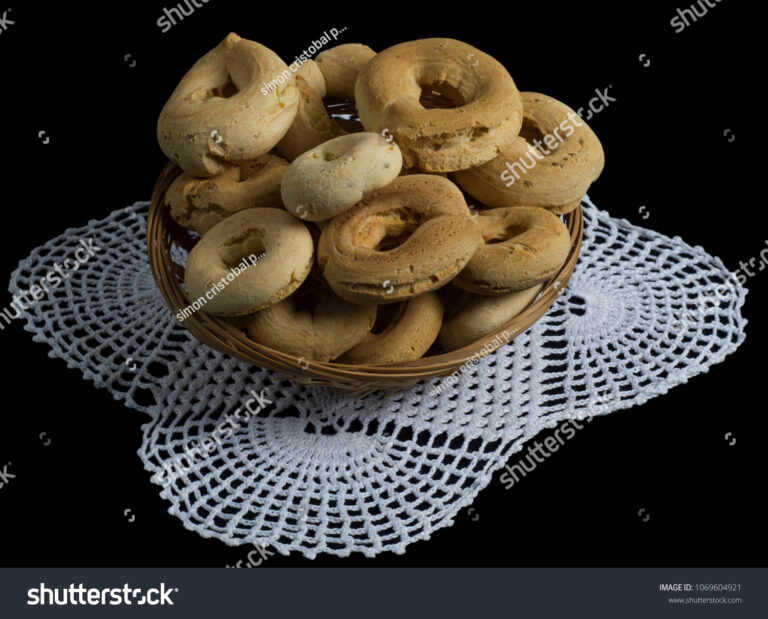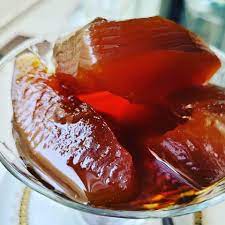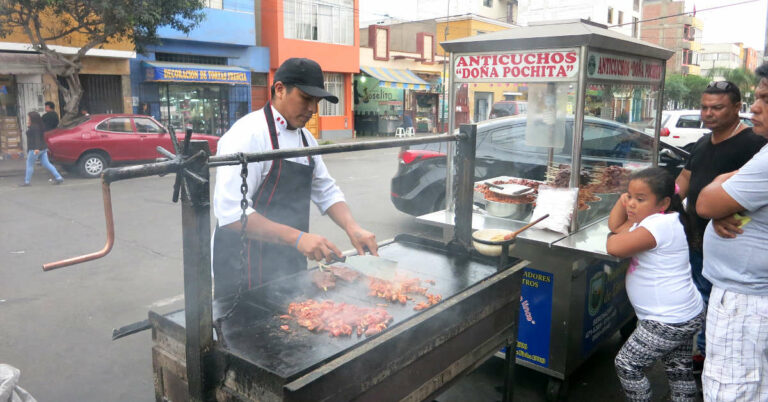Introduction: What is Paraguayan cuisine?
Paraguay is a landlocked country in South America that is known for its unique cuisine. Paraguayan cuisine is heavily influenced by its indigenous Guarani roots and Spanish colonization. The food is simple, yet delicious, and often features ingredients like corn, meat, and cheese. Paraguayans take pride in their cuisine, and the flavors and aromas of their dishes reflect the country’s rich history and culture.
Corn: The staple ingredient in Paraguayan cuisine
Corn is the staple ingredient in Paraguayan cuisine, and it is used in many dishes. One of the most popular is the chipa, a small, savory bread made from cornmeal, cheese, and eggs. The chipa is a beloved snack in Paraguay and is often eaten with coffee or tea. Another popular dish is the so’o yosopy, which is a corn cake stuffed with meat and onions and then wrapped in banana leaves. Corn is also used to make drinks, such as chicha, a fermented corn beverage that is similar to beer.
Asado: The traditional method of cooking meat in Paraguay
Asado is the traditional method of cooking meat in Paraguay, and it is similar to a barbecue. The meat is cooked over a wood fire, and it is often seasoned with salt, paprika, and other spices. Asado is typically cooked on weekends and is a social event that brings families and friends together. The most popular meats for asado are beef and chicken, but pork and lamb are also common. Asado is often served with mandioca, a starchy root vegetable that is similar to a potato.
Sopa Paraguaya: The national dish of Paraguay
Sopa Paraguaya is the national dish of Paraguay, and it is a cornbread that is made with onions, cheese, and milk. Despite its name, Sopa Paraguaya is not actually a soup, but it is often served with soups and stews. The dish is similar to a quiche and is often served as a side dish or a snack. Sopa Paraguaya is easy to make and is a delicious way to experience the flavors of Paraguay.
Chipa: The beloved snack of Paraguayans
Chipa is a beloved snack in Paraguay, and it is made from cornmeal, cheese, eggs, and other spices. The dough is shaped into small balls or sticks and then baked in an oven or on a grill. Chipa is often eaten as a snack with coffee or tea, and it is a popular street food in Paraguay. There are many variations of chipa, and each region of the country has its own unique recipe.
Tereré: The popular beverage of Paraguay
Tereré is a popular beverage in Paraguay, and it is similar to yerba mate. The drink is made by steeping yerba mate leaves in cold water and then adding herbs, such as mint or lemongrass. The drink is served in a gourd with a metal straw called a bombilla. Tereré is a social drink, and it is often shared with friends and family. It is also a refreshing way to cool down on a hot day.

